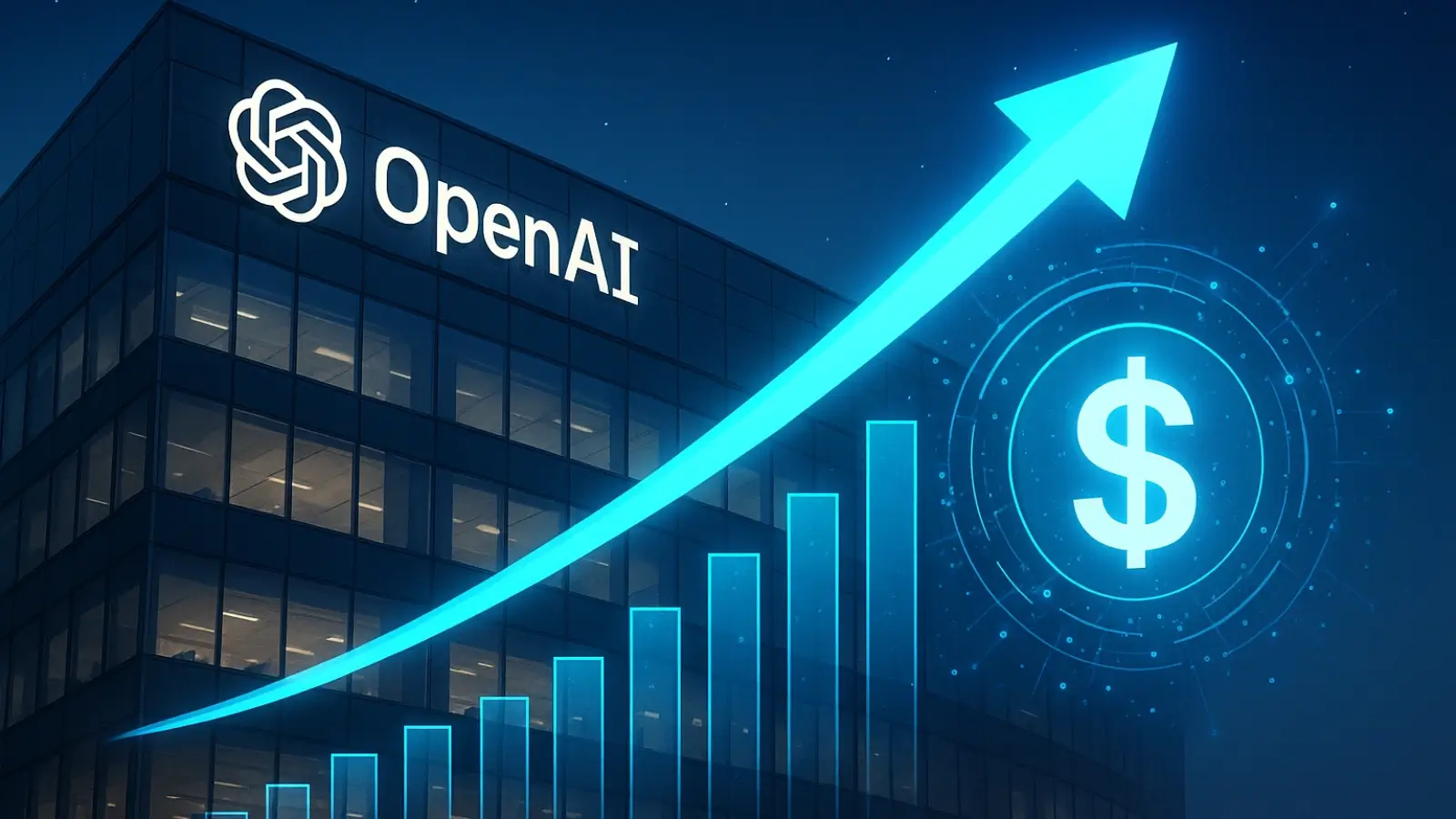


With the current need for digital security, protecting data has become imperative. The landscape of cyber threats is changing constantly, with new threats emerging and threatening individuals and organizations. To help combat these threats, multi-factor authentication (MFA) has become an essential safeguard. MFA augments security by necessitating different kinds of authentication before access is allowed, making unauthorized access less likely. This post provides an overview of MFA's importance for cybersecurity.
Multi-factor authentication is used when two or more ways are deployed to determine authorized access. It is an additional way to prove your identity combined with two or more separate methods. These methods are commonly categorized into three types: something you know (knowledge of passwords or PIN codes), something you have (smartphone or security token), and biometric data (fingerprints or face recognition). This increases security because it makes it harder for cybercriminals to get into accounts. Considering cyber security solutions to strengthen MFA authentication and employ other security measures is advisable.
Single-factor authentication is not sufficiently secure, as many cyberattacks involve exploiting weak or stolen passwords. Multi-factor authentication fills in this gap by providing additional layers of defense. For example, even if a password becomes compromised, it is unlikely to allow access without the second factor. This layer of security makes it much less likely for hackers to use such information, compromising the security of your account. It protects you from various malicious activities, such as identity theft.
Multi-factor authentication, which has become widespread on many platforms, allows us to add an additional layer of security by sending a one-time password (OTP) to another device to authenticate identities. MFA is available to many users, such as financial institutions, social media sites, and email providers. Implementing these extra verification steps helps people secure sensitive information against potential risks. For instance, organizations can make it compulsory for employees to use MFA to protect company data and prevent unauthorized remote access.
Even if technology is a substantial part of MFA, humans are still integral to security. Multi-factor authentication depends on user awareness and knowledge of possible threats. Creating awareness around MFA readily indoctrinates users by generating a culture where people are adequately mindful of information security. Apart from this, organizations can also increase the security of their systems by introducing training to help employees identify potential cyber threats. Further, companies can highlight the importance of MFA in securing an organization.
Multi-factor authentication may not be easy for users and organizations to adopt. For some, it can feel cumbersome, leading to hesitation to use MFA. Organizations and vendors must solve these challenges using simple yet effective approaches that provide seamless authentication while ensuring security does not suffer. Also, it is essential to consider balancing security requirements or features with user experience. This will ensure commitment to using MFA authentication and other security measures, as overly complex systems will likely not be quickly adopted.
Multi-factor authentication will evolve as cyber threats evolve. Recent technological advances, including biometrics and adaptive authentication, will be leveraged for better MFA systems. For instance, adaptive authentication shapes security policy to user context and activity, offering customized security per instance. These advancements are poised to make multi-factor authentication much more efficient and user-friendly in the coming years.
As the world becomes more digitalized, safeguarding sensitive data remains a priority. One of the most effective weapons against cybercrime is multi-factor authentication, which is becoming increasingly widely adopted as an essential method of cyber defense. Verifying a person through MFA requires more than one piece of information before access to critical data, documents, and applications is allowed. With MFA, personal and business accounts will likely see significantly decreased risks of unauthorized access and data breaches. With technology ever-evolving, multi-factor authentication will no doubt become more important than ever in safeguarding individuals and businesses in the digital world.